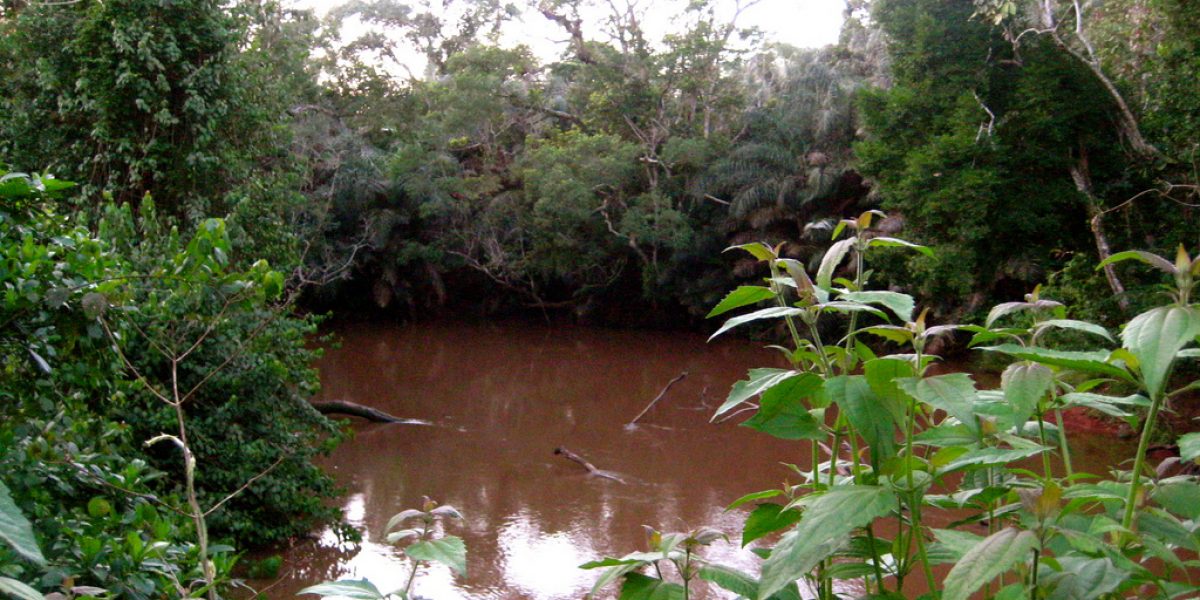This high-level meeting brought together delegates from the Central African Forests Commission (COMIFAC) countries as well as major development partners, certain international NGOs, international organisations and private sector representatives. One month ahead of the Copenhagen Conference, these delegates gathered around an issue central to the broader climate change agenda, namely forestry. Forestry is central not least because avoided deforestation in tropical forest areas, such as the Congo Basin, has been identified as a priority option for mitigating climate change. The world seems to agree that tropical forests are important. However, how this importance should translate into action is a subject of much debate.
The launch of the CBFP at the World Summit on Sustainable Development in 2002 should, in part, be understood in the context of the ongoing struggle to reach a global forest agreement. Despite some progress related to the United Nations Forum on Forests (UNFF), there is not yet agreement on a legally binding instrument for the world’s forests. The difficulty of reaching intergovernmental agreements – also called ‘type 1’ agreements – is nothing new. If anything, the complex nature of today’s global challenges translates into increasingly complex negotiations. This is reflected for instance in the stalled Doha Round of World Trade Organisation negotiations. More directly related to forestry is next month’s Climate Change Conference in Copenhagen. Some have even described the Copenhagen meeting as ‘the most complex international negotiation ever attempted’. In the context of such complexity, what role is there for initiatives like the CBFP?
The CBFP is an example of a so-called ‘type 2’ partnership. This means the CBFP, like the Clean Development Mechanism (CDM), is a non-binding network based on a voluntary agreement between governments, the private sector, civil society and development organisations. On one level, such voluntary arrangements can be seen as stepping stones for consensus-building towards an eventual ‘type 1’ agreement. A global forest agreement could also serve as one of the building blocks in a broader climate agreement. On another level, however, an initiative like the CBFP reflects more fundamental changes in global governance. It reflects a growing recognition of global interdependency. Related to this is another growing recognition – that individual states, or groups of states, cannot solve global problems. In fact, what is needed is a rethink of the entire system of global governance. Evidence of such a rethink is found in initiatives like the CBFP.
Again, even as we agree that the ‘old way’ of doing things will no longer suffice, agreeing on what the ‘new way’ should be is not a simple matter. For one thing, actors have to find new ways of relating to each other: states of the ‘old’ North with those of the ‘old’ South, and all of them with civil society and the private sector. The rules of the emerging global governance game are being written as we speak. In some instances old concepts have to be infused with new meaning. So, for example, initiatives like the CBFP require of us to rethink concepts of rights and responsibility, of accountability and legitimacy – all concepts that have in the past been applied to sovereign states. In other instances, a whole new vocabulary is needed, including words like ‘type 2 partnership’, ‘network governance’ and ‘nested institutions’. The novelty of proposed solutions is reflected in the use of words like ‘alternative’ or ‘innovative’ when speaking about such things as finance mechanisms. This is what makes meetings like the CBFP plenary so interesting. In engaging with each other, members of this partnership are shaping the world of the future.








